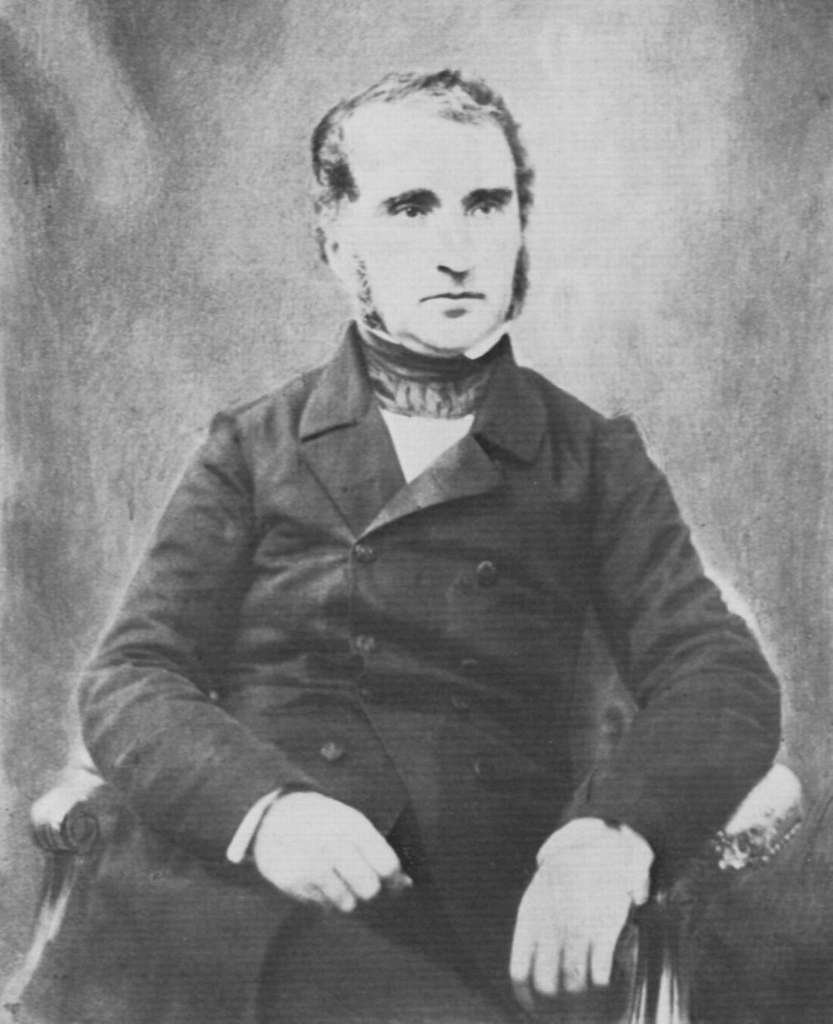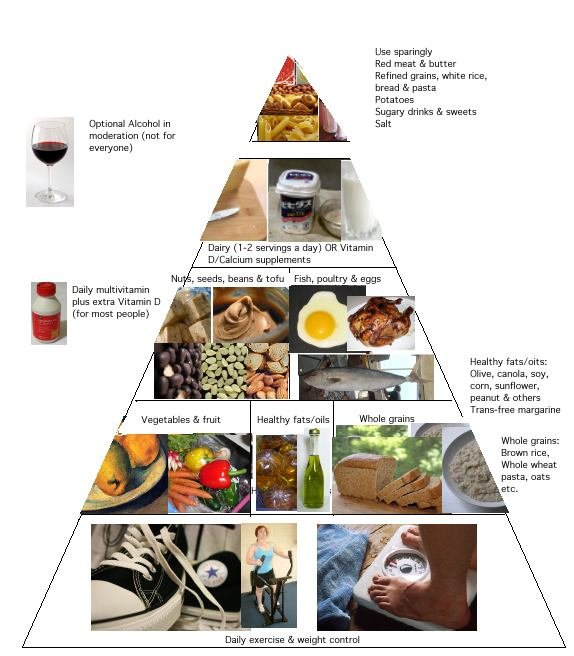Micronutrients, essential for the growth and development of plants and animals, have a rich history of discovery and understanding. These vital nutrients include vitamins and minerals required in small amounts to sustain life. This article delves into the timeline of when micronutrients were discovered and how their importance was recognized over time.
Early Observations and Discoveries
The concept of micronutrients has evolved over centuries, with key discoveries marking significant milestones in the history of nutrition and agriculture.

1. Ancient Times
– Early Agricultural Practices: Even before the scientific discovery of micronutrients, ancient civilizations practised crop rotation and soil enrichment, unknowingly managing soil nutrients to improve plant growth.

2. 17th and 18th Centuries
– Van Helmont’s Experiment (1648): Jan Baptista van Helmont conducted experiments to understand plant growth, concluding that water alone could sustain plant life. While his conclusions were incomplete, his work laid the groundwork for future nutrient research.
– Agricultural Advancements: Farmers observed that certain plants grew better in specific soils, indirectly pointing to the role of soil nutrients in plant health.
The 19th Century: Beginnings of Nutritional Science
The 19th century marked the formal recognition of specific nutrients necessary for plant and human health.

1. Justus von Liebig (1803–1873)
– Law of the Minimum (1840): German chemist Justus von Liebig formulated the Law of the Minimum, stating that plant growth is limited by the scarcest nutrient available, highlighting the importance of various nutrients, including micronutrients, for plant health.

2. Micronutrients in Human Health
– Discovery of Iodine (1811): Bernard Courtois discovered iodine, later found to prevent goitre, marking one of the first recognitions of a micronutrient’s role in human health.
The 20th Century: Major Discoveries
The 20th century witnessed significant breakthroughs in identifying and understanding micronutrients.

1. Vitamins
– Vitamin A (1913): Elmer McCollum and Marguerite Davis identified a fat-soluble substance essential for growth, later named Vitamin A.
– Vitamin B1 (Thiamine, 1912): Casimir Funk coined the term “vitamin” and identified Vitamin B1, recognizing its role in preventing beriberi.
– Vitamin C (Ascorbic Acid, 1932): Albert Szent-Györgyi and Charles Glen King isolated Vitamin C, understanding its importance in preventing scurvy.

2. Trace Minerals
– Iron (1925): Recognized for its role in preventing anemia, iron’s importance in human health was established.
– Zinc (1934): Identified as essential for plant growth, zinc’s role in human health was later confirmed.
– Copper (1931): Copper was found to be crucial for various enzymatic reactions in both plants and animals.
Post-World War II: Agricultural and Nutritional Advancements
The period following World War II saw an increased focus on improving agricultural yields and human nutrition through micronutrient research.

1. Agricultural Micronutrients
– Soil Science: Advances in soil science led to the identification of essential micronutrients for plants, including manganese, molybdenum, and boron.
– Fertilizer Development: The development of micronutrient-enriched fertilizers helped address soil deficiencies, boosting crop yields and food security.

2. Human Nutrition
– Public Health Programs: Initiatives to fortify foods with essential vitamins and minerals, such as iodized salt and vitamin D-fortified milk, significantly improved public health outcomes.
Recent Developments
In recent decades, ongoing research has continued to refine our understanding of micronutrients.

1. Genomic and Molecular Studies
– Nutrigenomics: The study of how genes and nutrients interact provides insights into personalized nutrition and the specific micronutrient needs of individuals.

2. Global Health Initiatives
– Micronutrient Deficiency Programs: International organizations are working to combat micronutrient deficiencies in developing countries, addressing issues such as vitamin A deficiency and iron deficiency anaemia.
Conclusion
The discovery and understanding of micronutrients have developed over centuries, driven by observations, experiments, and technological advancements. From early agricultural practices to modern nutritional science, recognizing the importance of micronutrients has profoundly impacted human health and agricultural productivity. As research continues, our knowledge of these essential nutrients will further enhance our ability to promote health and sustain life on our planet

